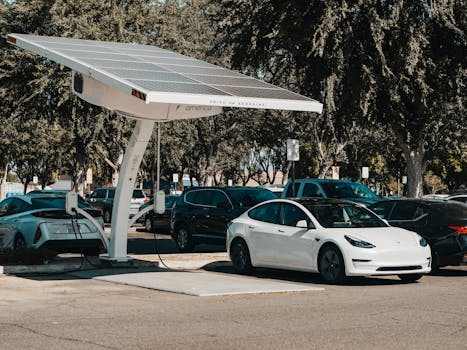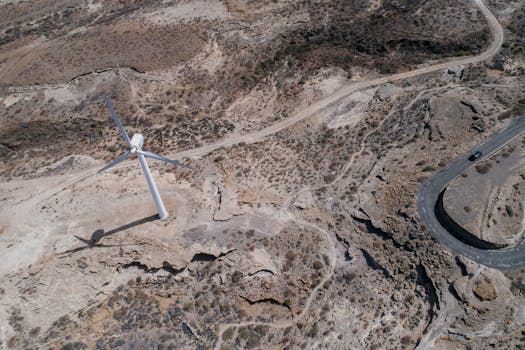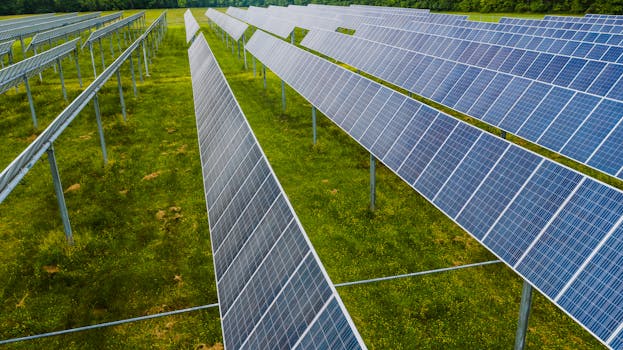
Building a Sustainable Telecom Infrastructure in Africa: Strategies and Success Stories
Focus Keyword: Building a Sustainable Telecom Infrastructure in Africa

Building a sustainable telecom infrastructure in Africa is crucial for the continent’s economic growth, social development, and global competitiveness. The telecom sector has experienced significant growth in recent years, with mobile penetration rates increasing rapidly across the continent. However, the development of a sustainable telecom infrastructure poses several challenges, including inadequate funding, limited access to electricity, and high operational costs.
Strategies for Building a Sustainable Telecom Infrastructure

To address these challenges, several strategies can be employed, including:
- Renewable Energy Solutions: The use of renewable energy sources, such as solar and wind power, can reduce the telecom sector’s reliance on fossil fuels and lower operational costs.
- Energy-Efficient Technologies: The adoption of energy-efficient technologies, such as lithium-ion batteries and energy-efficient base stations, can minimize energy consumption and reduce the environmental impact of telecom operations.
- Infrastructure Sharing: Infrastructure sharing among telecom operators can reduce costs, improve network coverage, and enhance the overall quality of services.
- Local Content Development: The development of local content and applications can increase the demand for telecom services, promote digital literacy, and create new opportunities for economic growth.
Success Stories in Africa

Several African countries have made significant progress in building a sustainable telecom infrastructure, including:
- Rwanda: Rwanda has implemented a comprehensive telecom strategy, which includes the development of a national fiber optic backbone and the promotion of mobile broadband services.
- Kenya: Kenya has established itself as a leader in mobile money services, with M-Pesa, a mobile-based financial service, being used by millions of people across the country.
- South Africa: South Africa has invested heavily in the development of its telecom infrastructure, including the rollout of fiber optic cables and the launch of 5G services.
Conclusion

Building a sustainable telecom infrastructure in Africa requires a multi-faceted approach, which involves the adoption of renewable energy solutions, energy-efficient technologies, infrastructure sharing, and local content development. By exploring these strategies and learning from success stories across the continent, African countries can develop a robust and sustainable telecom infrastructure that supports economic growth, social development, and global competitiveness.
See more:







